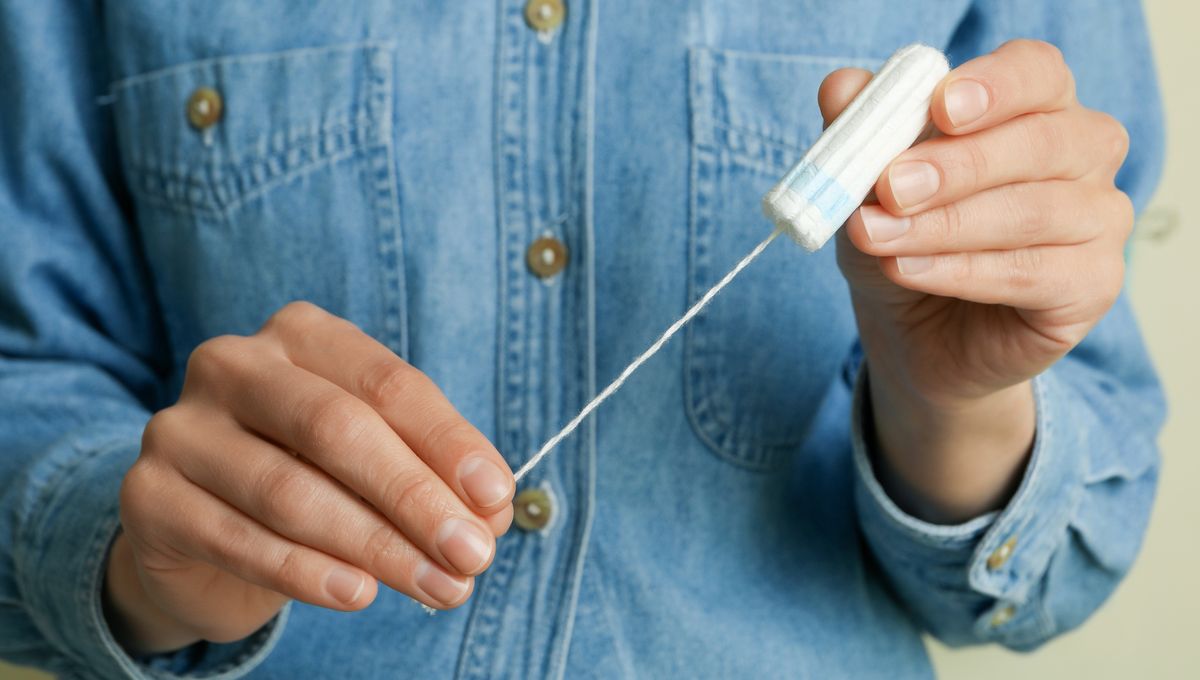
If you are of a certain age, then you may have had one of your caregivers warn many, many times of the dangers of tampons causing toxic shock syndrome (TSS). It inspired fear in tampon-using people and, for some, it was thought that even leaving them in for one hour too long would cause a life-threatening condition. But, is this true?
What is TSS?
In the late 1970s/ early 1980s there was an epidemic of TSS cases, with nearly 2,500 people in the United States reportedly contracting the syndrome.
TSS is a very rare, life-threatening condition, and the symptoms include:
- A sudden rash
- Confusion
- A sudden high fever
- Vomiting or diarrhea
- Headaches
- Seizures
- Muscle aches
- Low blood pressure
Out of the thousands of people who fell ill in the 1980s, 90 percent of them were menstruating, with 99 percent using tampons.
However, it was not the tampons causing TSS, but toxins produced by bacteria (typically Staphylococcus aureus or Streptococcus pyogenes), that were present and growing on the tampons. These toxins would trigger an out-of-control immune response that led to tissue damage and, potentially, to death.
But, why were menstruating people all of a sudden getting TSS in the 1980s?
Tampons have been around for a while. The first patented tampon was produced in 1931. They became more popular during World War 2, when people were using them more often in the workplace.
These tampons were made of cotton and rayon. However, the trouble came in when one brand wanted to make tampons more absorbent.
Enter Rely tampons. This brand used compressed polyester beads instead of the typical cotton, which was great in terms of absorbency – they could hold nearly 20 times their weight in blood!
Unfortunately, this proved to be a great habitat for bacteria, as they provide a warm, moist, environment. The ultra-absorbency feature also came with the added disadvantage of causing small cuts when the tampons were inserted or removed. For some people they were painful to remove, as they were so good at absorbing that they would stick to the vaginal walls. Another thought is that these ultra-absorbency tampons also released oxygen into the environment, which provided a great ecosystem for these bacteria to grow.
This caused a recipe for disaster, as the opportunistic bacteria that were growing on the tampon were able to enter the bloodstream. It also did not help that people were leaving the tampons in for longer than recommended because of the absorbency features.
The company quickly recalled the tampons once they realized what was going on. But the cases of TSS were still occurring, and scientists recognized that the syndrome was due to the high absorbency of tampons despite the material they was made out of.
Now in the United States, manufacturers of tampons don’t use the materials associated with the early TSS cases. In fact, the Food and Drug Administration (FDA) requires manufacturers to use accurate labeling for a standard absorbency measurement on all boxes, and all tampons need to be evaluated for safety by the FDA before they go on the market.
How likely are you to get TSS nowadays?
Nowadays, it is actually pretty rare to get TSS, and there are recommendations to minimize risks. These include:
- Treat wounds and burns quickly and consult with a doctor if signs of infection occur
- Change tampons frequently (every 4-8 hours)
- Wash hands after inserting the tampon
- Don’t use tampons when not menstruating
- Use the lowest absorbency tampon product that you can
- Only have one tampon in the vagina at a time
Are people who use tampons the most at risk for TSS?
It must be noted, that this is not a disease that is exclusive to tampon-users. Currently, in the United States, TSS occurs at a rate of 0.8 to 3.4 per 100,000 – with most cases not being related to menstruation at all.
Source Link: Can Tampons Give You Toxic Shock Syndrome?